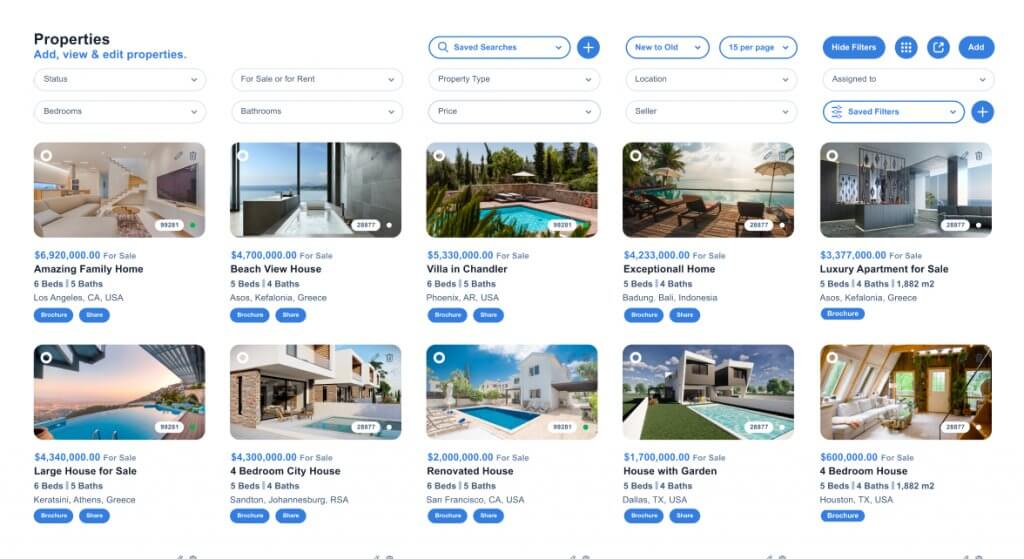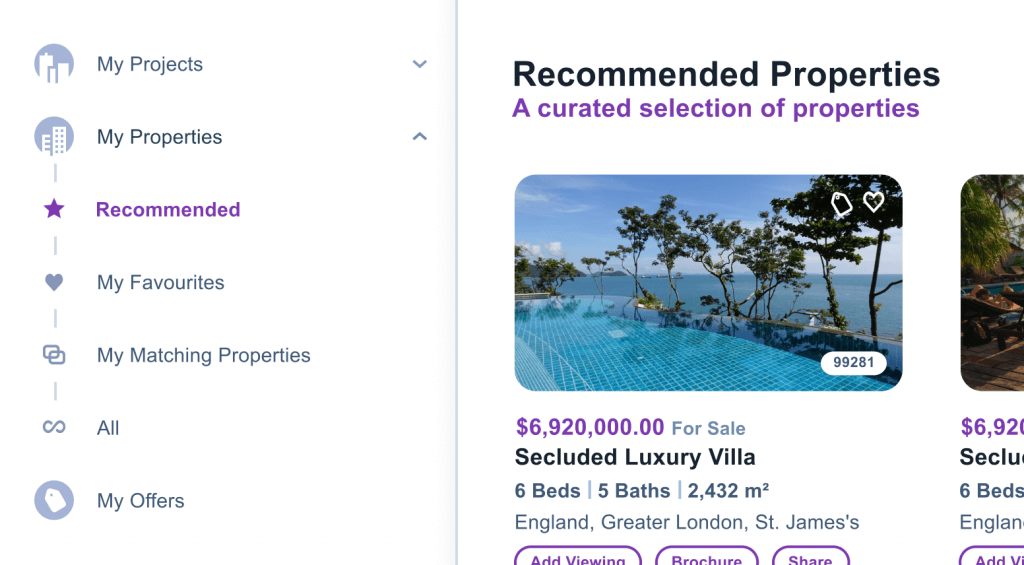“Customer perception is reality. The quality of your customer experience lives in one place: the mind of your customer. No matter how well you think you’re doing, the gap between customer expectations of experience and their perceptions of actual experience is the reality you need to understand and address.” This statement by McorpCX perfectly sums up the importance of creating a customer-centric experience that actually meets expectations.
The process of creating a customer-centric experience is not a complicated. It’s comprised of several activities that are relatively easy to implement, regardless of industry. But an organisational shift may be required if your business lacks vital customer insights due to data silos or other inefficiencies. In this blog, we’ll look at ways your sales team can create outstanding customer experiences to convert leads and boost sales.
Table of Contents
- Understanding who your customers are
- Listen to your what your customers are saying
- Managing customer interactions
- Tracking and analysing data
1. Understanding who your customers are
“Having a comprehensive understanding of your customers is key to achieving core business goals. Whether you’re trying to build (or optimize) the customer experience, create more engaging content or increase sales. Knowing your customers better than they do is key.” Neil Patel
One way of doing this is by creating buyer personas which are “an abstract depiction of the ideal customer, founded upon both qualitative and quantitative data from market/competitor research and existing customer profiles.” (Semrush). In turn, these buyer personas provide you with critical insights needed to create relevant content that generates leads and improves sales. They also help your sales team better understand individual customer profiles to provide a more tailored service, thereby improving the customer experience.
For more information about creating effective buyer personas, read our recent blog on this topic here.
2. Listen to what your customers are saying
For a sale to be successful, your team needs to actively listen to what customers are asking for. Active listening is a critical component of effective communication. It helps you better understand what a customer needs and enables you to respond in a way that validates what the customer has said.
In real estate, homebuyers are typically looking to salespeople who can properly assist them in finding a property that meets their requirements. Your team must actively listen to what those requirements are to be able to find a home that matches their specifications. This increases the likelihood of creating a more customer-centric experience in which the customer feels like they are being listened to.
3. Managing customer interactions
Listening is one component impacting the entire customer experience. Monitoring and tracking customer interactions at various touchpoints is just as essential. This is where technology can play a very effective role, particularly in the real estate sector.
The use of CRM software built specifically for the entire real estate sales cycle provides many benefits. For instance, Qobrix Real Estate CRM software enables sales teams to easily monitor customer interactions from the moment an enquiry is generated to the point of a sale closing.
Recording leads, nurturing opportunities, and tracking tasks, viewings and other sales related activities within the system is easy and quick. As a result, your sales team becomes more organised, with more time to focus on creating customer centric experiences that can turn into sales.
4. Tracking and analysing data to create a customer-centric experience
A real estate CRM system offers the ability to centralise a wealth of data, removing sales, marketing and administrative silos that are typically present in organisations.
This makes the data more easily accessible to employees across the organisation. It also provides real estate business owners with a more comprehensive overview of how every part of their organisation is performing.
Data that is centralised in the Qobrix CRM system can provide valuable insights into customer behaviours that can help you radically improve the customer experience. This data can be presented in a variety of customisable reports generated via the Qobrix dashboards feature for better understanding.
5. Prioritising customer satisfaction
Prioritising customer satisfaction requires the establishment of customer-centric values. This entails identifying “what customer experience should feel like for your customer, and then design and execute the needed steps to meet this goal. Ensure empathy is a value among your employees. Empathy is the ability to understand the customer’s needs, identify the emotions and reasons behind those needs, and respond effectively to solve their problems.” (Exco)
So, what are some of the ways to prioritise customer satisfaction in practice?
- Develop customer insights. You simply cannot design an effective customer experience if you don’t first understand your customer. Market research, competitive analysis and qualitative target customer insights must all be prioritized when you are identifying your customer’s journey from discovery to purchase and, hopefully, repeat purchases. (Medium)
- Look to the data. Your real estate CRM should be your primary source of information about your customers. Use it to understand what they’re seeking and whether your business is meeting this need. Monitor the level of engagement between your sales team and prospects through the tasks and activities recorded in the CRM. Also talk to real people and ask them what they want, what they like or dislike, and if they’ve found what they’re looking for through your company. In this way you gain their trust, improving customer satisfaction levels and boosting the overall customer experience.
- Onboard the entire company. To create a true customer-centric experience, your organisation needs to eliminate departmental silos. Instead, it must “create a comprehensive picture of each customer’s needs—past, present, and future”, that every employee rally’s around. (KWI)
- Invite feedback. Your customers are going to talk about their experience with your brand. Some may casually share word-of-mouth feedback with their friends, but others may turn to review sites. So, if your customers are already going to offer their opinions on your level of service, why not encourage them to share their feedback directly with you? (Medium)




